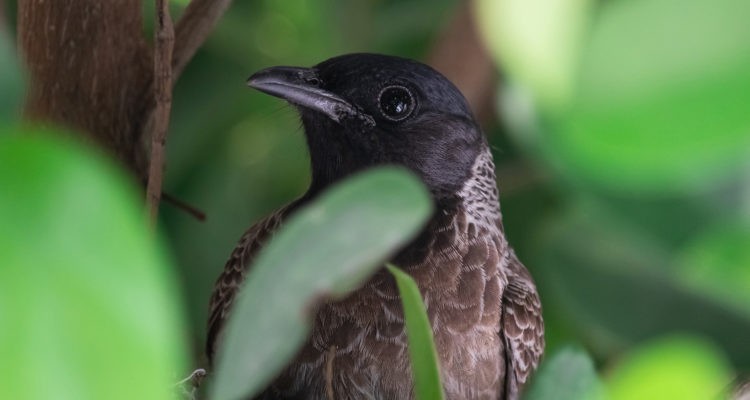How ‘Tweet It Is!
Tips on inviting the local birds to feast on a gourmet meal in your backyard.
Story by Ann Butenas
Bird watching is not just your grandma’s pastime anymore. As the pandemic affected the world, many people turned to new and interesting hobbies to enjoy from the comfort of their homes, including bird watching. If you have found yourself interested in watching our fine-feathered friends flock about your yard, you may wonder how you can further entice them to stick around awhile so you can admire their beauty and appreciate their harmonious sounds.
If you consider yourself somewhat of a “birder” but haven’t yet figured out how to attract local species to your yard, the experts at Rosehill Gardens have stepped in to answer your questions about how to get started with this fun hobby. Before you know it, you will find not only the common backyard birds gravitating to your yard but perhaps even a few unexpected ones. It is all in your delivery and presentation that courts these beloved creatures to your garden. From there, you can delight in their amazing presence and the beautiful gift of their own kind of song.
KCH&S: Before I attempt to attract birds to my yard, what are some of the species indigenous to our area?
Rosehill Gardens: Birds native to this part of the country include cardinals, robins, blue jays, finches, chickadees, titmice and the bluebird, which is the Missouri State bird. Native raptors include falcons and hawks.
KCH&S: What types of trees and shrubs should I plant in my yard to encourage birds to visit?
Rosehill Gardens: Some common trees/shrubs that are familiar to this region are dogwood, crabapple, honeysuckle vine, bittersweet vine, viburnum, blueberry, chokeberry, serviceberry, redbud, witch hazel, bayberry, and sumac. Ideally they would be native to correspond with our native birds. Some varieties won’t be but can still provide sustenance.
KCH&S: Can you share any fun facts about birds?
Rosehill Gardens: Blue jays love acorns and are associated with the spread and growth of oak forests in North America. Birds also feast on the seeds and nectar of flowering annuals and perennials, such as Coneflower, Zinnias and Cardinal Flower. It is interesting what attracts birds. Robins, for example, love raisins and dried cranberries, and orioles enjoy orange slices. You can experiment with what you put out in your yard to see what birds are drawn to the area.
KCH&S: Should I put birdseed in my yard to attract birds initially?
Rosehill Gardens: While you can simply put out a plate of birdseed and encourage them to show up, birds don’t just eat birdseed. They also eat insects and berries. Baby birds eat beetles, flies, aphids, crickets and moths, to name a few. These insects are drawn to the flowering part of the shrub (some are pollinators such as moths, and some are nuisance such as aphids). The flowering part of the tree or shrub then turns into a berry later in the season. The berries are eaten by adult birds to endure their migration, as well as store up nutrients for colder temperatures. Essentially it’s an entire cycle between the insects, pollinators, flowers, berries/fruit and birds.
KCH&S: Once you begin to attract birds to your yard, can you eventually distinguish one from another on sound alone?
Rosehill Gardens: Each bird does have its own sound, and some are quite interesting. For example, a blue jay can mimic other birds, such as a baby hawk or a crow. A mockingbird can mimic up to 200 different sounds, including dogs, sirens and frogs.
KCH&S: Any final advice?
Rosehill Gardens: Because insects play an integral role in the cycle of a bird’s life, it is important to mitigate the use of chemical sprays, insecticides, and herbicides to help maintain the natural environment.







